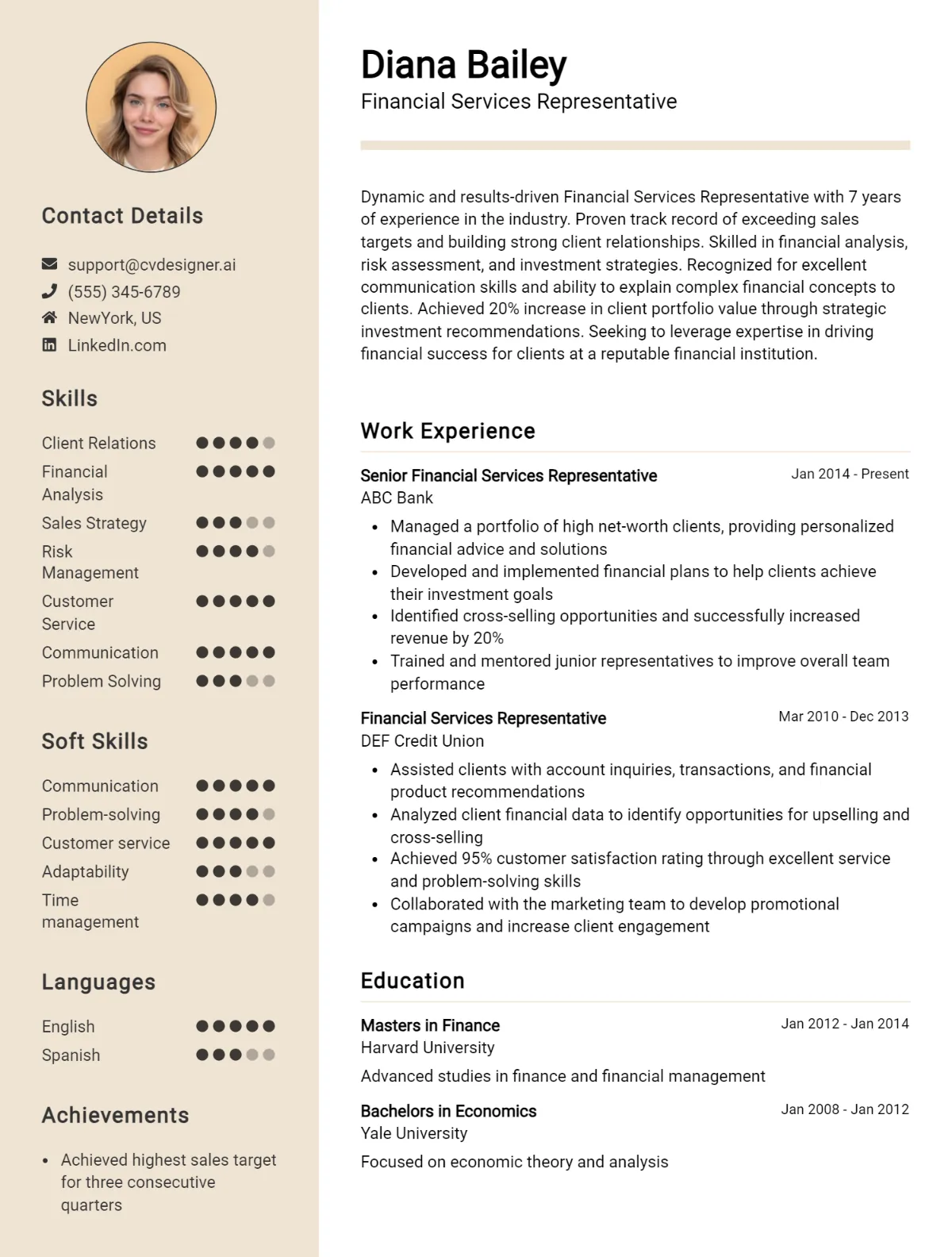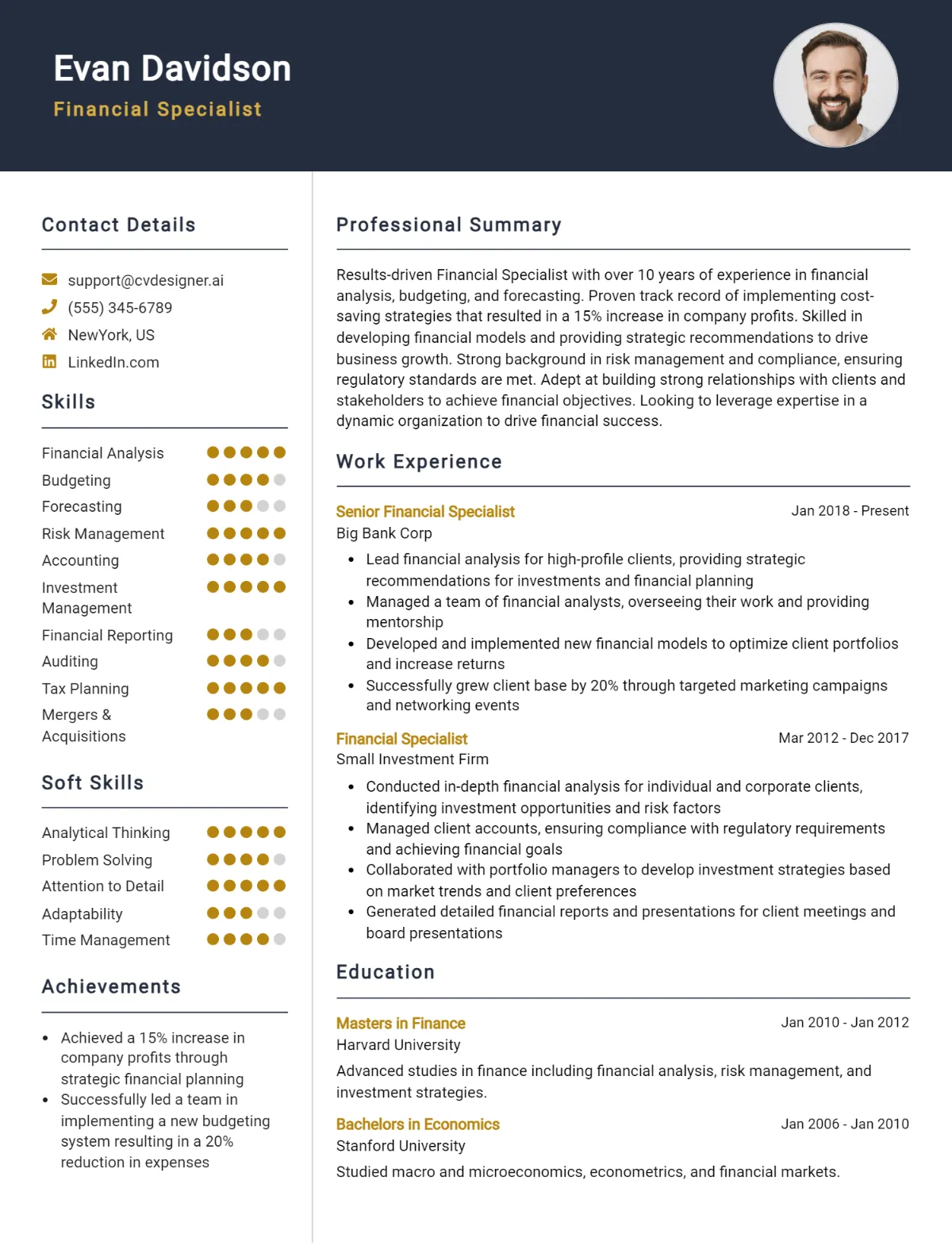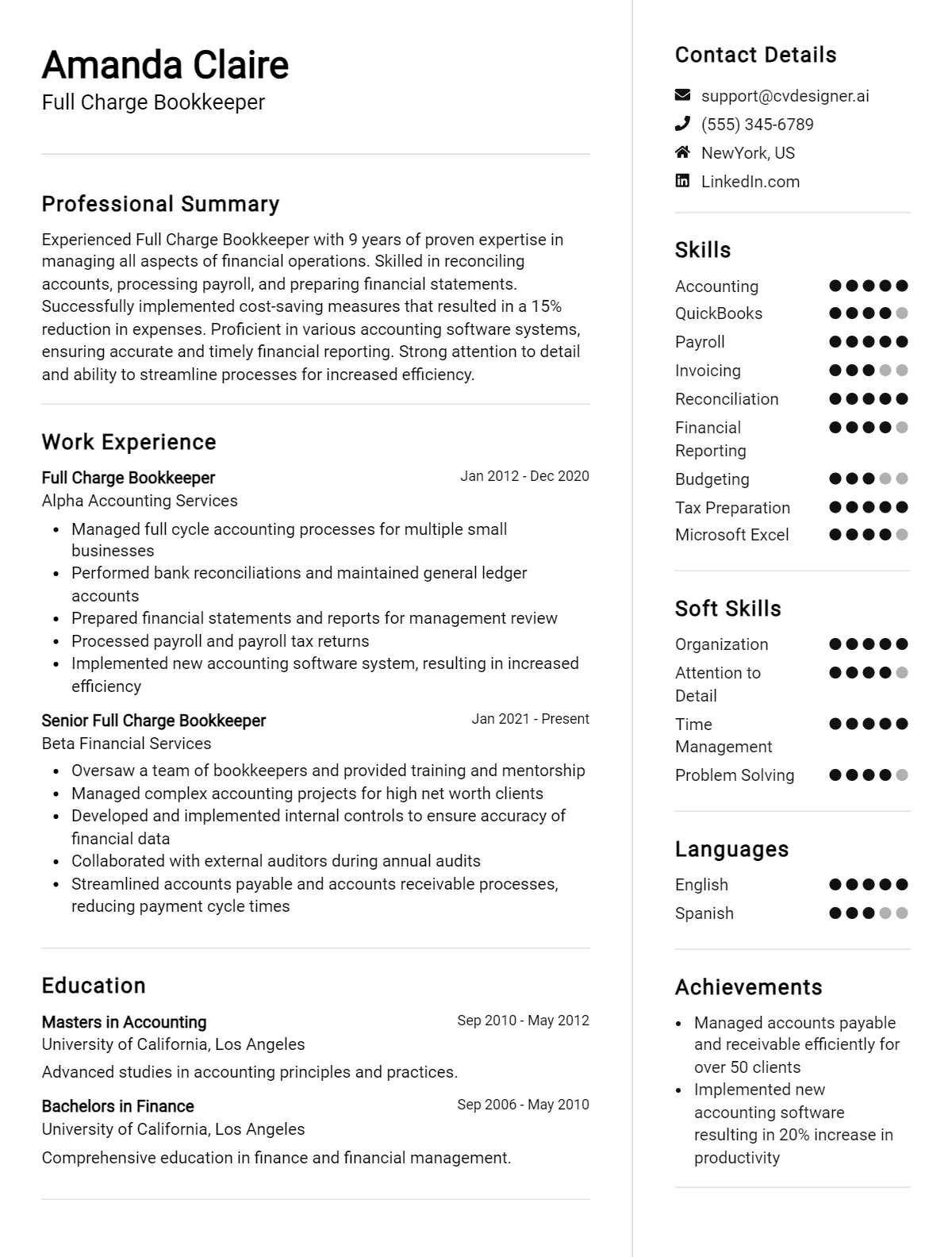Crafting a resume is an art that combines clarity, brevity, and impact. In today’s competitive job market, a well-written resume can make the difference between landing an interview and having your application overlooked. Your resume is more than just a list of jobs; it’s a reflection of your professional journey, your skills, and your potential. This guide will walk you through every step of writing a resume that stands out, from choosing the right format to avoiding common mistakes. Whether you’re a seasoned professional or just starting, this guide will equip you with the tools to create a resume that opens doors.
Understanding the Purpose of a Resume
A resume is your personal marketing tool, designed to showcase your qualifications, skills, and experiences to potential employers. It’s not just a document; it’s a story of your professional life, tailored to highlight your most relevant accomplishments. But what exactly is a resume, and how does it differ from a CV?
What is a Resume and Why It’s Essential
A resume is a concise document, typically one to two pages, that summarizes your work history, skills, education, and achievements. Unlike a CV, which provides a comprehensive overview of your academic and professional history, a resume is more focused and tailored to specific job applications. The primary goal of a resume is to get you an interview, where you can then expand on your qualifications in person.
Differences Between a Resume and a CV
While the terms “resume” and “CV” are often used interchangeably, they serve different purposes. A CV (Curriculum Vitae) is more detailed and often used for academic, research, or international positions. In contrast, a resume is shorter and more focused, designed to highlight the skills and experiences that are most relevant to the job you’re applying for. If you’re targeting roles in the United States or Canada, a resume is typically the preferred document.
How a Resume Reflects Your Professional Brand
Your resume is a reflection of your professional brand. It’s not just about listing your job titles and responsibilities; it’s about presenting yourself as the best candidate for the position. This means tailoring your resume to each job application, using language that resonates with the hiring manager, and ensuring that your resume aligns with the company’s values and goals.
Pro Tip: Your resume should complement your cover letter. Check out our cover letter templates to ensure your entire application package is cohesive.
Use our Best Resume Templates
Discover our top-tier Resume templates, meticulously designed to make a lasting impression. Choose from a variety of professional layouts to enhance your career prospects.
Choosing the Right Resume Format
The format of your resume is crucial. It determines how your information is presented and can influence how hiring managers perceive your qualifications. There are three main types of resume formats: chronological, functional, and combination. Each format serves a different purpose, and choosing the right one depends on your work history and the job you’re applying for.
Chronological Resume
A chronological resume is the most traditional format and is preferred by most employers. It lists your work experience in reverse chronological order, starting with your most recent position and working backward. This format is ideal for individuals with a steady work history and a clear career progression.
When to Use It:
- You have a solid work history with no significant gaps.
- You’re applying for a job in a field where you have extensive experience.
- You want to highlight your career growth and promotions.
What It Includes:
- Work experience listed from most recent to oldest.
- Detailed job descriptions with responsibilities and achievements.
- Education and skills sections.
Functional Resume
A functional resume focuses on your skills and qualifications rather than your work history. This format is ideal for individuals with gaps in their employment, those changing careers, or those with diverse experiences that don’t follow a linear career path.
When to Use It:
- You have gaps in your employment history.
- You’re changing careers and want to emphasize transferable skills.
- Your work experience is varied and doesn’t fit neatly into a chronological order.
What It Includes:
- A strong skills section at the top of the resume.
- Grouped achievements and experiences that demonstrate your abilities.
- Minimal emphasis on dates and job titles.
Combination Resume
A combination resume blends the best of both chronological and functional formats. It allows you to highlight your skills and achievements while also providing a detailed work history. This format is particularly useful if you have strong skills that align with the job you’re applying for and a solid work history.
When to Use It:
- You have relevant skills and experiences that need to be highlighted.
- You want to show a balance between your skills and work history.
- You’re applying for a role that requires both specific skills and industry experience.
What It Includes:
- A skills section that highlights key competencies.
- A detailed work history that provides context to your skills.
- Education and additional sections that support your application.
Which Format is Right for You?
Choosing the right format depends on your unique situation. If you have a straightforward career trajectory, the chronological format might be your best bet. If you’re transitioning into a new field, consider the functional format. For those with a mix of skills and experience, the combination resume can provide the flexibility needed to showcase both.
Pro Tip: Experiment with different formats using our cv builder to see which one presents your experience most effectively.
Essential Components of a Resume
Regardless of the format you choose, certain components are essential to every resume. These elements help structure your information in a way that’s easy for hiring managers to understand and evaluate.
Contact Information
Your contact information should be at the top of your resume, easy to find, and include all necessary details. Make sure your contact information is up-to-date and professional.
What to Include:
- Name: Use your full name.
- Phone Number: A number where you can be easily reached.
- Email Address: Use a professional email address, ideally based on your name.
- LinkedIn Profile: If you have an updated LinkedIn profile, include the URL.
- Optional: You can also include a link to an online portfolio or personal website if relevant to the job.
Example:
Jane Doe
(123) 456-7890
jane.doe@email.com
linkedin.com/in/janedoe
Resume Summary or Objective
The resume summary or objective is a brief statement at the beginning of your resume that gives the employer a snapshot of your qualifications. This section should be tailored to the job you’re applying for.
Resume Summary: A resume summary is ideal for experienced professionals. It highlights your key achievements and skills, giving the employer a quick overview of what you bring to the table.
Example:
Experienced marketing manager with over 10 years of experience in driving brand awareness and customer engagement. Proven track record of leading successful campaigns that resulted in a 20% increase in sales. Seeking to leverage my expertise in digital marketing at [Company Name].
Resume Objective: A resume objective is better suited for entry-level candidates or those changing careers. It focuses on your goals and how they align with the company’s needs.
Example:
Recent graduate with a degree in Computer Science, eager to apply my programming skills and passion for software development in a junior developer role at [Company Name].
Work Experience
Your work experience is the heart of your resume. This section should clearly outline your job titles, the companies you’ve worked for, and the dates of employment. More importantly, it should highlight your achievements and responsibilities in each role.
Structuring Your Work History:
- Job Titles: Clearly state your job titles.
- Company Names: Include the name of the company and its location.
- Dates: Specify the duration of your employment.
- Bullet Points: Use bullet points to list your responsibilities and achievements.
Example:
Marketing Manager
ABC Company, New York, NY
January 2015 – Present
- Led a team of 10 in the development and execution of marketing campaigns, resulting in a 20% increase in brand awareness.
- Managed a $500,000 annual marketing budget, optimizing spend to achieve a 15% reduction in costs while maintaining campaign effectiveness.
- Developed and implemented a content marketing strategy that increased website traffic by 30% within six months.
Education
Your education section should include the degrees you’ve earned, the institutions you attended, and the dates of attendance. This section can be particularly important if you’re a recent graduate or if your educational background is relevant to the job.
What to Include:
- Degree: Specify the degree you earned.
- Institution: Name the university or college.
- Dates: Include the years you attended.
- GPA: Optional, include if it’s 3.5 or higher.
Example:
Bachelor of Science in Marketing
University of New York, New York, NY
September 2010 – May 2014
GPA: 3.8/4.0
Pro Tip: If you’re a recent graduate with limited work experience, consider placing your education section above your work experience.
Skills
The skills section of your resume should highlight the abilities that make you a strong candidate for the job. This section should be tailored to each job application, reflecting the skills listed in the job description.
How to List Relevant Skills:
- Technical Skills: Include software, tools, or programming languages relevant to the job.
- Soft Skills: Mention skills like communication, teamwork, and problem-solving if they’re important for the role.
- Certifications: If you have certifications relevant to the job, list them here.
Example:
Skills:
- Digital Marketing Strategy
- SEO and SEM
- Content Management Systems (CMS)
- Data Analysis and Reporting
- Team Leadership and Collaboration
- Google Analytics Certified
Certifications and Awards
If you have any certifications, licenses, or awards that are relevant to the job you’re applying for, be sure to include them. This section can help differentiate you from other candidates.
What to Include:
- Certifications: List any professional certifications or licenses.
- Awards: Mention any awards or recognitions you’ve received.
- Dates: Include the date when you received the certification or award.
Example:
Certifications:
- Google Ads Certified, 2021
- Project Management Professional (PMP), 2020
- Certified Scrum Master (CSM), 2019
Additional Sections
Depending on your experience and the job you’re applying for, you might want to include additional sections in your resume. These can provide further insight into your qualifications and interests.
Optional Sections:
- Volunteer Work: Highlight any volunteer experiences that are relevant to the job.
- Languages: List any languages you speak, along with your proficiency level.
- Hobbies: Include hobbies if they relate to the job or company culture.
Example:
Volunteer Work:
- Marketing Volunteer, Nonprofit Organization, 2018 – Present
- Developed and managed social media campaigns that increased engagement by 40%.
Writing Tips for an Effective Resume
Writing a resume requires more than just listing your experiences; it’s about presenting them in a way that resonates with potential employers. Here are some key tips to help you craft an effective resume.
Tailoring Your Resume to the Job
One of the most important aspects of resume writing is customization. Tailor your resume for each job application by highlighting the skills and experiences most relevant to the position. Use the job description as a guide to identify keywords and phrases that should be reflected in your resume.
How to Tailor Your Resume:
- Job Description: Carefully read the job description and note the key qualifications.
- Highlight Relevant Skills: Focus on the skills and experiences that match the job requirements.
- Use Keywords: Incorporate keywords from the job description to pass Applicant Tracking Systems (ATS).
Using Action Verbs
Action verbs add power to your bullet points by clearly demonstrating what you achieved in your previous roles. Instead of saying “Responsible for managing a team,” say “Led a team of 10 in executing successful marketing campaigns.”
Examples of Action Verbs:
- Led
- Managed
- Developed
- Executed
- Increased
- Improved
- Achieved
Example:
Led a team of 10 in the successful launch of a new product, resulting in a 25% increase in sales.
Quantifying Achievements
Whenever possible, quantify your achievements to give hiring managers a clear understanding of your impact. Numbers provide concrete evidence of your success and make your resume stand out.
How to Quantify Achievements:
- Sales Increases: “Increased sales by 20%.”
- Cost Reductions: “Reduced operational costs by 15%.”
- Efficiency Improvements: “Improved processing time by 30%.”
Example:
Developed and implemented a new inventory management system that reduced stock levels by 20%, saving the company $50,000 annually.
Keeping it Concise
While it’s important to provide enough detail to showcase your qualifications, your resume should remain concise. Aim for a one-page resume if you have less than 10 years of experience. If you have extensive experience, two pages are acceptable, but make sure every word adds value.
Tips for Maintaining Clarity and Brevity:
- Avoid Overly Long Descriptions: Keep bullet points to one or two lines.
- Focus on Relevant Information: Omit irrelevant details and outdated skills.
- Use Bullet Points: Bullet points are easier to scan than long paragraphs.
Avoiding Common Mistakes
Even the best resumes can be undermined by common mistakes. Here are some pitfalls to watch out for:
- Typos and Grammatical Errors: Proofread your resume multiple times to catch any mistakes.
- Using a Generic Resume: Customize your resume for each job application.
- Including Irrelevant Information: Focus on relevant skills and experiences.
- Overloading with Keywords: Balance the use of keywords to avoid making your resume difficult to read.
- Inconsistent Formatting: Ensure uniformity in font size, margins, and spacing.
Pro Tip: Use our cv templates to create a polished resume that avoids these common pitfalls.
Formatting Your Resume
The format of your resume is just as important as the content. A well-formatted resume enhances readability and ensures that your key qualifications stand out.
Font Choice and Size
Choose a professional, easy-to-read font for your resume. Arial, Times New Roman, and Calibri are all good choices. The font size should typically be between 10 and 12 points.
Example:
Font: Calibri
Size: 11pt
Margins and Spacing
Set your margins to one inch on all sides for a clean, balanced appearance. Use single spacing within sections and add a space between sections to separate them visually.
Example:
Margins: 1 inch on all sides
Spacing: Single spacing within sections, one space between sections
Bullet Points and Headings
Use bullet points to list your achievements and responsibilities, making them easy to scan. Headings should be bold or slightly larger in font size to distinguish between sections.
Example:
Professional Experience
- Developed and managed digital marketing campaigns, resulting in a 30% increase in website traffic.
- Collaborated with cross-functional teams to launch a new product line that generated $2 million in revenue in its first year.
Resume Length
The length of your resume should be appropriate to your level of experience. For most professionals, a one-page resume is sufficient. However, if you have extensive experience or a long career history, a two-page resume is acceptable.
Tips for Determining Resume Length:
- Entry-Level Candidates: Aim for one page.
- Mid-Career Professionals: One to two pages.
- Senior-Level Executives: Two pages or a CV format if applicable.
File Format
When submitting your resume electronically, save it as a PDF to preserve formatting. This ensures that your resume looks the same on any device or operating system.
Example:
File Format: PDF
Common Resume Mistakes to Avoid
To ensure your resume makes the best possible impression, avoid these common mistakes:
Typos and Grammatical Errors
Even a single typo can make a bad impression. Always proofread your resume carefully, and consider asking a friend or colleague to review it as well.
Using a Generic Resume
Sending the same resume to multiple job applications is a missed opportunity. Tailor your resume to each position by highlighting the skills and experiences that are most relevant.
Including Irrelevant Information
Focus on the skills and experiences that are most relevant to the job you’re applying for. Leave out unrelated job roles or outdated skills.
Overloading with Keywords
While it’s important to include relevant keywords, avoid stuffing your resume with them. Your resume should still be easy to read and convey your qualifications clearly.
Inconsistent Formatting
Inconsistent formatting can make your resume look unprofessional. Ensure that your font size, margins, and spacing are consistent throughout the document.
Pro Tip: Our cv builder can help you create a consistently formatted resume that stands out.
Reviewing and Finalizing Your Resume
Before you submit your resume, take the time to review and finalize it. A polished, error-free resume reflects your attention to detail and professionalism.
Proofreading Tips
Proofread your resume multiple times, and consider reading it out loud to catch any awkward phrasing or errors. It’s also a good idea to use a spell checker or grammar checking tool.
Getting Feedback
Asking a trusted friend, mentor, or colleague to review your resume can provide valuable insights. They might catch mistakes you missed or suggest improvements to your wording.
Using Online Tools
There are several online tools available to help you polish your resume. Use a cover letter builder for formatting, grammar checkers for error correction, and keyword optimization tools to ensure your resume is ATS-friendly.
Final Checklist
Before submitting your resume, go through this final checklist:
- Is your contact information accurate and up-to-date?
- Have you tailored your resume to the job description?
- Are there any typos or grammatical errors?
- Is the formatting consistent throughout?
- Did you save your resume as a PDF?
Examples of Strong Resumes
Looking at examples of successful resumes can provide inspiration and guidance as you craft your own. Here’s what to look for in strong resume examples:
Analyzing Successful Resume Samples
- Clear Structure: The resume is organized, with distinct sections that are easy to navigate.
- Tailored Content: The resume is customized to the job, with relevant skills and experiences highlighted.
- Quantified Achievements: The resume includes specific achievements, backed by numbers and metrics.
Key Takeaways:
- Customize your resume for each job application.
- Use clear headings and bullet points for readability.
- Quantify your achievements to demonstrate impact.
Pro Tip: Browse through our cv examples to see how different formats and structures can be used effectively.
FAQ’s
How long should my resume be?
Should I include a resume summary or objective?
How do I tailor my resume for each job application?
What is the best format for a resume?
How can I make my resume stand out?
Conclusion
Writing a resume is both an art and a science. By following the guidelines outlined in this article, you can create a resume that is not only visually appealing but also compelling and effective. Remember, your resume is often the first impression you make on a potential employer, so it’s worth investing the time to get it right.
From choosing the right format to avoiding common mistakes, every element of your resume should work together to showcase your qualifications and enthusiasm for the role. As you prepare to submit your resume, keep in mind the importance of tailoring your content to each job, using a professional format, and proofreading carefully.
Ready to get started? Use our cv builder and cv templates to create a standout resume that opens doors. With the right tools and a well-crafted resume, you’re one step closer to landing your dream job.







